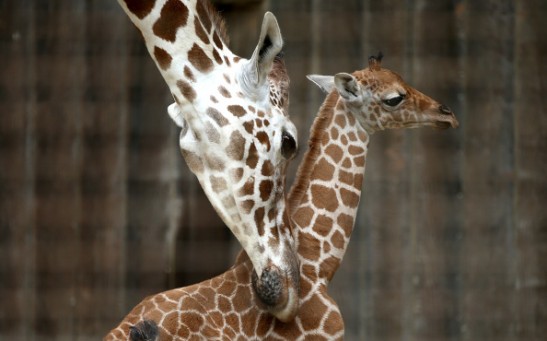Wildlife

Secret World Of Sleeping Elephant: Fitness Tracker Reveals Tusker's Unique Sleeping Habits
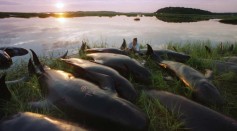
Painless Death: Killing Wild Animals Humanely
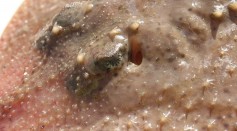
Thorny Skate Will Not Be Listed As Endangered: Government Declines Protection Under ESA
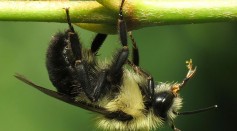
Intelligent Bumblebee Is The First Insect To Learn Skills From One Another
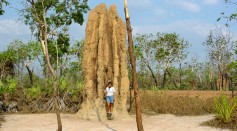
This Is How Cathedral Termites Settled In Australia And Built Their 'Empire'
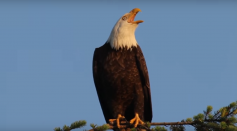
Bird Mobbing Drives Away Predators Also Reveals Their Sexual And Physical Prowess

Kenyan Man Turns 'Elephant Guardian': Provides Water To The Drought-Ridden Wild Life
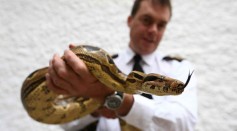
WATCH: Elusive Boa Of The World From Brazilian Forest Caught On Film After 64 Years
Thousands of Endangered Antelope Deaths Have Scientists Investigating a Serious Concern
Why Whales Are Known To Have Some Nerve
Survival of the Cutest? Uncharismatic Endangered Species Receive Unequal Funding
Last Male White Rhino in the World Under Heavy Guard
Dwarf Dragons Discovered in the Andes
How One Endangered Species Is Making A Change For the Better—Eating Sweeter Flora Instead
Most Popular

How Technology Is Changing the Real Estate Industry?

How a Plant-Based Diet Can Protect Against Breast Cancer: Insights from Nutrition Research

Study Reveals High Turnover in Scientific Research Careers: What This Means for Future Scientists

Why It's So Difficult to Lose Weight: The Biological Explanation Behind Obesity

